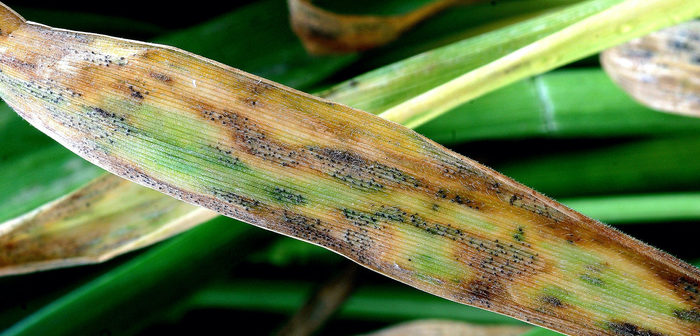A new ADAS report indicates that the inclusion of folpet into wheat fungicide programmes consistently provides yield and margin benefits by improving septoria control.
The report, which was commissioned by ADAMA and Syngenta, evaluated the effect of adding the multi-site fungicide, folpet, to a range of ‘weak’ and ‘strong’ base programmes, with a weak programme defined as one which contained older single site active ingredients, and a strong programme defined as one which contained any new chemistry or Revystar XE at +0.75l/ha.
A total of 15 trials held over three years (2019-2021) assessed 55 situations where folpet was added at varying rates and timings to a range of susceptible varieties to the target disease, Septoria tritici.
Consistently improves yields
“Any input cost has to be justified with a clear improvement in yield and margin,” explains the report’s author, Rebecca Joynt. “In all scenarios, the inclusion of folpet consistently improved yields, with the clearest benefits seen when a single 1.0l/ha application of folpet was made at T1, or when two 1.0l/ha applications were made at T1 and T2.”
The inclusion of folpet delivered an average yield improvement of 0.31t/ha across the range of trials with the biggest benefit seen when folpet was added to weaker programmes. The largest yield response recorded was 1.1t/ha.
“78% of the treatments assessed resulted in a positive yield response,” Rebecca continues, “with those that didn’t produce a yield improvement not statistically significant, and likely due to seasonal factors.
“In strong and weak programmes alike, the addition of a single application of folpet gave the greatest yield response when applied at the T1 timing, with two applications (at T1 and T2) further increasing yield response. Additional yield improvements were also seen when folpet was added to weak programmes at three application timings (T0, T1 and T2) although this data was limited.”
Viable return
In economic terms, the addition of folpet to weak programmes (1.0l/ha at T1 and T2) gave a return of £110/ha (based on wheat at £250/t). A viable return on investment was also achieved when folpet was added to strong programmes at 1.0l/ha at T1 and at 1.0l/ha at T1 and T2 with the latter giving a return of £77.50/ha.
“The economic benefit of adding folpet to strong programmes was less than for weak programmes,” Rebecca concludes, “but in all cases, there was a clear yield and margin gain to be had.”
For more information or to view the ADAS report in full visit www.adama.com/uk




